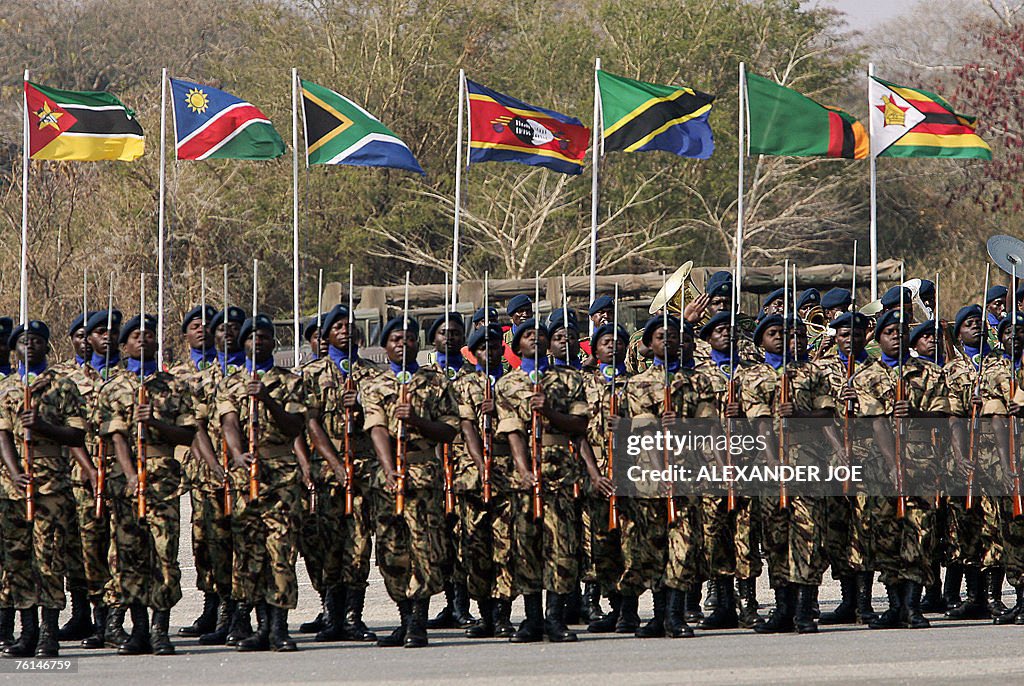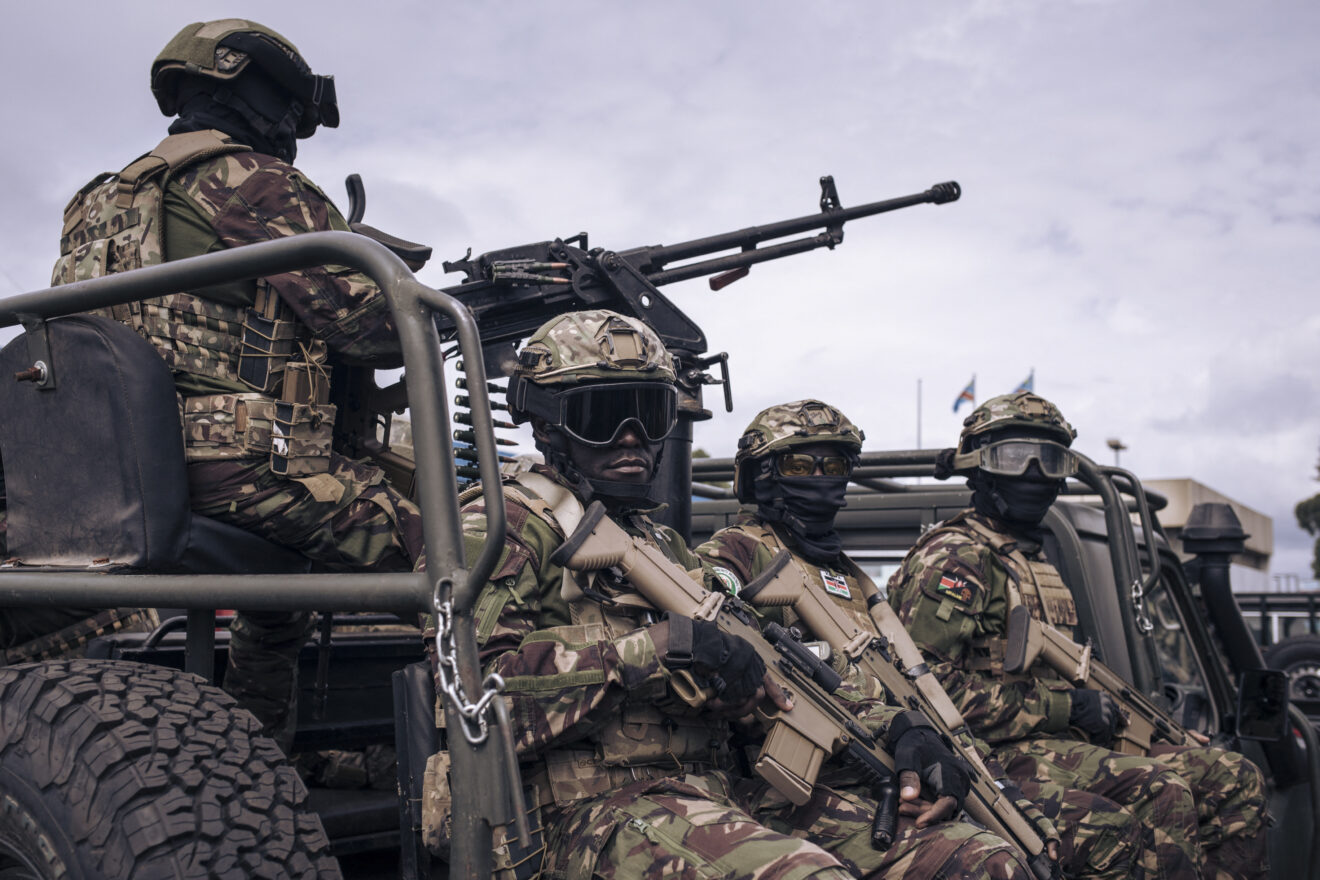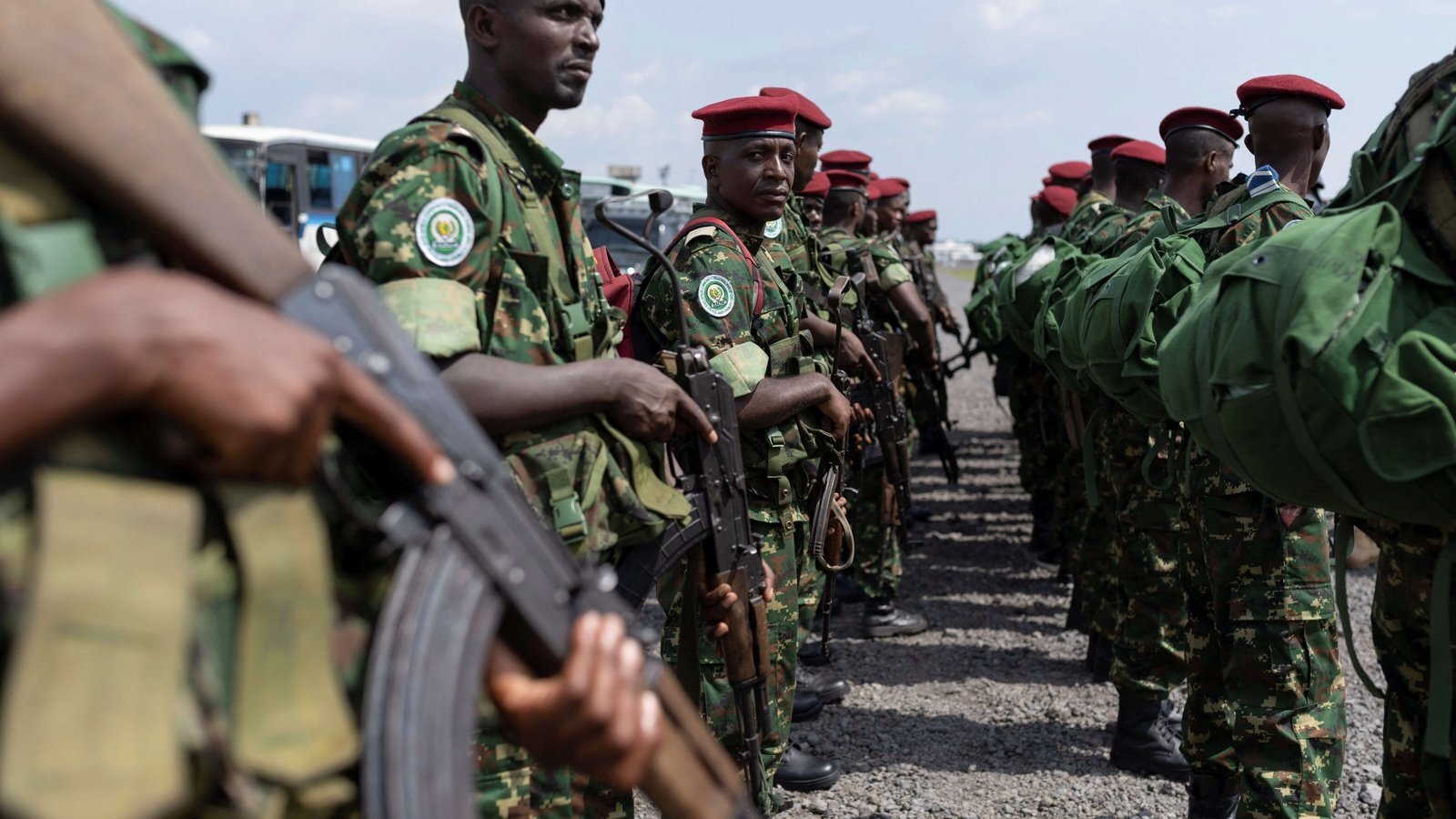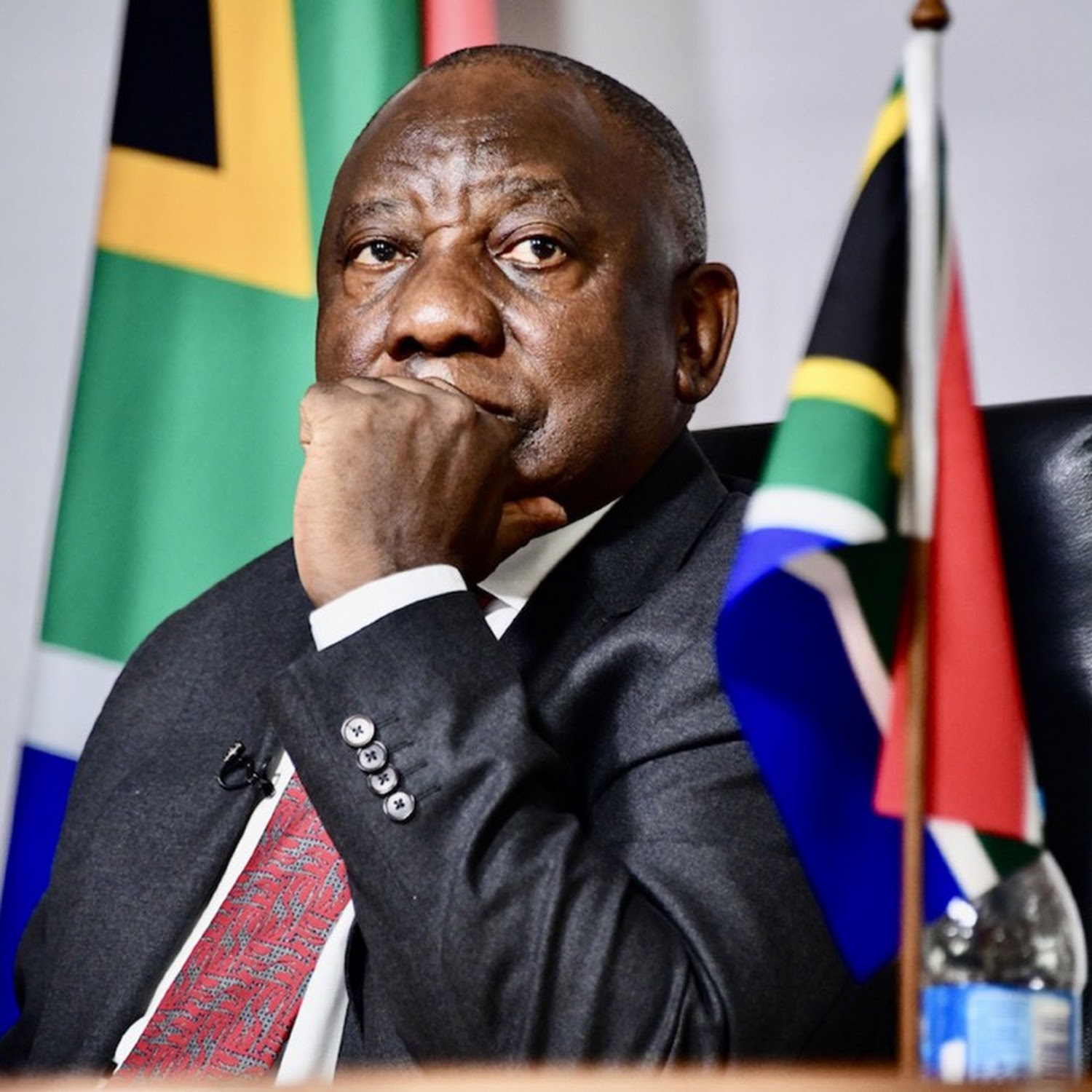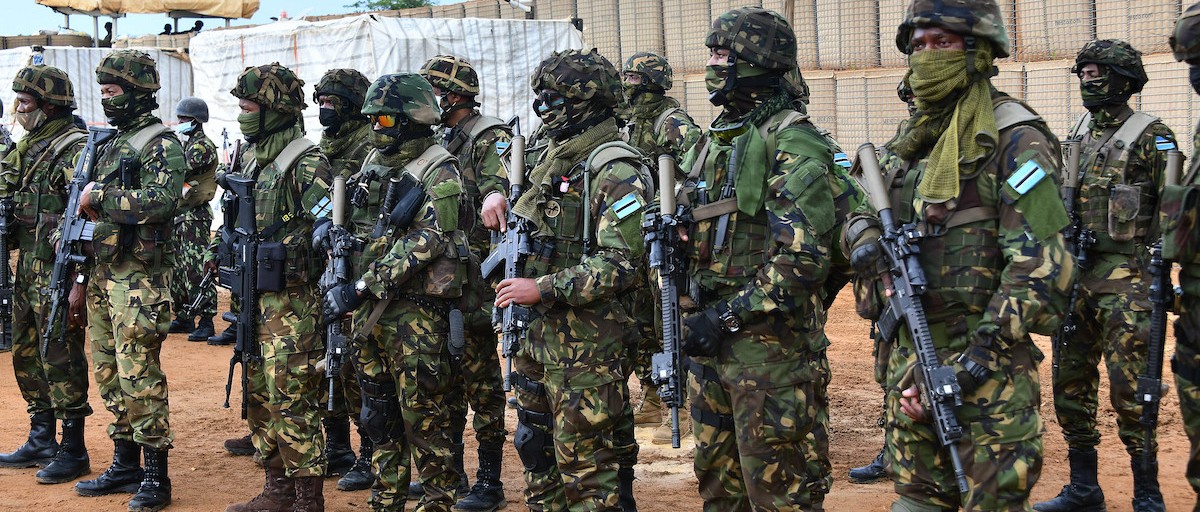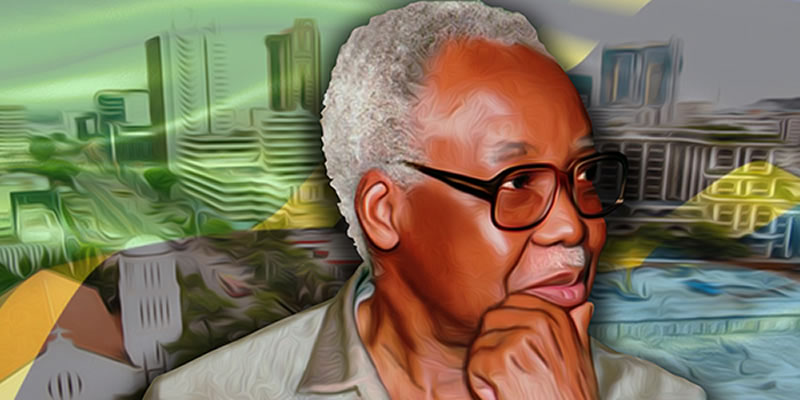Regional
SAMIDRC suffers huge loss against M23

One of the SAMIDRC armoured vehicles destroyed by M23 rebels.
The South Africa-led Southern
African Development Community mission in the Democratic Republic of Congo
(SAMIDRC) is suffering losses in the war against the M23 rebels, which it is
fighting alongside the Congolese government forces.
Deployed in December 2023,
with an offensive mission to particularly fight and exterminate the M23 rebel
group, SAMIDRC has never had any hope of success. Instead, it has suffered,
with reports of many of its soldiers killed and several others severely
wounded.
On May 30, DRC government forces together with Wazalendo militia, genocidal militia FDLR, mercenaries, the Burundi National Defence Forces and SAMIDRC troops attacked M23 rebel positions in Sake and its surroundings. Sake is located about 30 km from Goma, the capital city of North Kivu province. But the long planned attack went wrong.
The clashes resulted in the
destruction of six SAMIDRC armoured vehicles, three armoured personnel carriers
(APCs) were destroyed by the M23 rebels who captured two APCs and one IVECO
truck, according to reports.
Different reports condemned
these attacks perpetrated against the civilian population by SAMIDRC, in
coalition with the government forces, notably the FDLR, mercenaries, Wazalendo,
and the Burundi National Defence Forces.
Since the beginning of the
year, SAMIDRC has experienced the loss of soldiers killed and several others
severely wounded. The South African Defence Force (SANDF) has more than 15
soldiers killed and dozens others captured by M23 rebels.
On February 10, during an
attack by SAMIDRC on M23 positions in Mweso, six soldiers from the SANDF were
killed, while Burundi and DRC lost 17 and 72, respectively.
On April 8, SAMIDRC confirmed
the death of three of its soldiers and three others got injured, all from
Tanzania.
The rising death toll raises
doubts about the effectiveness of SAMIDRC.
Helmoed Romer Heitman, a
defense expert, believes the best option for SAMIDRC would be to “accept the
loss of face and pull out” from the DRC as military approach to the hostilities
in eastern DRC is not advisable. To ensure the success against the M23 is only
to address the root causes of the conflict.
Heitman noted that the United
Nations mission with 20,000 troops over two decades failed to bring peace to
the eastern DRC, making it unlikely that the 5,000 SADC troops would do any
better.
Failing to withdraw, Heitman
said the SAMIDRC deployment should at least be more and heavily equipped, but
still the problem will emerge unless the M23 grievances are not addressed.
“We do not want another Bangui
Y-junction,” he said, referring to the 2013 Battle of Bangui where dozens of
South African paratroopers in unarmoured vehicles faced thousands of Seleka
rebels, ultimately resulting in the deaths of 13 South African personnel.
The eastern DRC crisis should
be resolved politically. Surprisingly, SAMIDRC is now leading attacks against
innocent civilians. The SADC countries that are fighting alongside the
Congolese government coalition should bear full responsibility for the massacres
against innocent civilians.
Reports indicated that in the
May 30 fighting only, more than 10 civilians were killed, several others were
severely wounded and many more displaced.
The international community
should bear in mind the unprecedented humanitarian crisis orchestrated by the
Kinshasha coalition forces, and be aware that the SAMIDRC deployment is against
the political solution that was recommended by the Nairobi and Luanda roadmaps.
As advised by different regional political analysts, dialogue is the only way that can lead to a durable solution to the decades long armed conflicts in eastern DRC.



